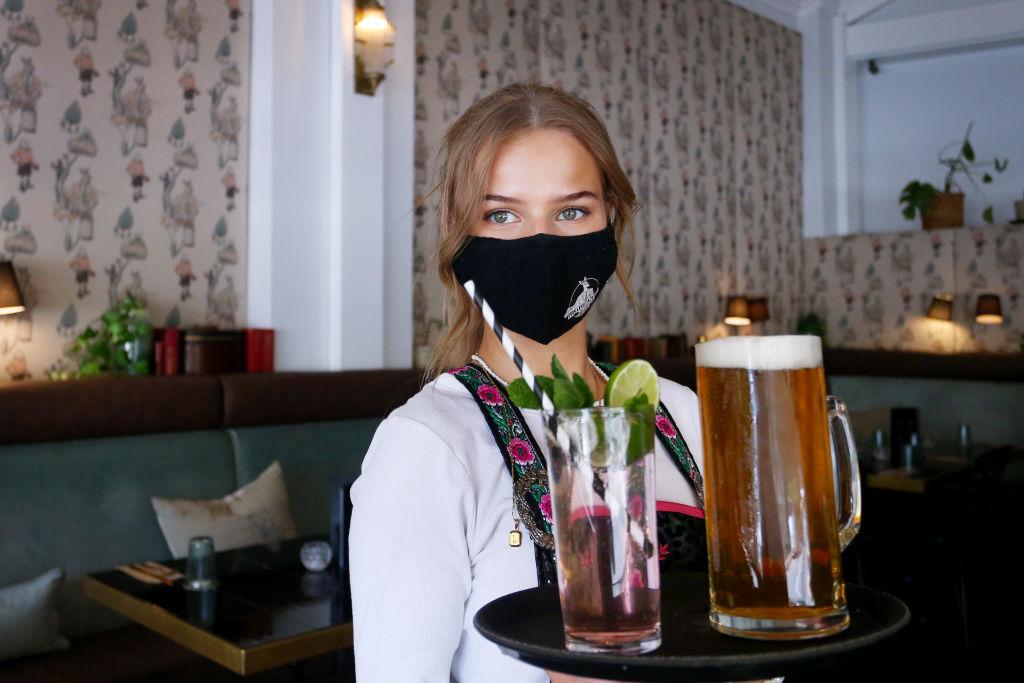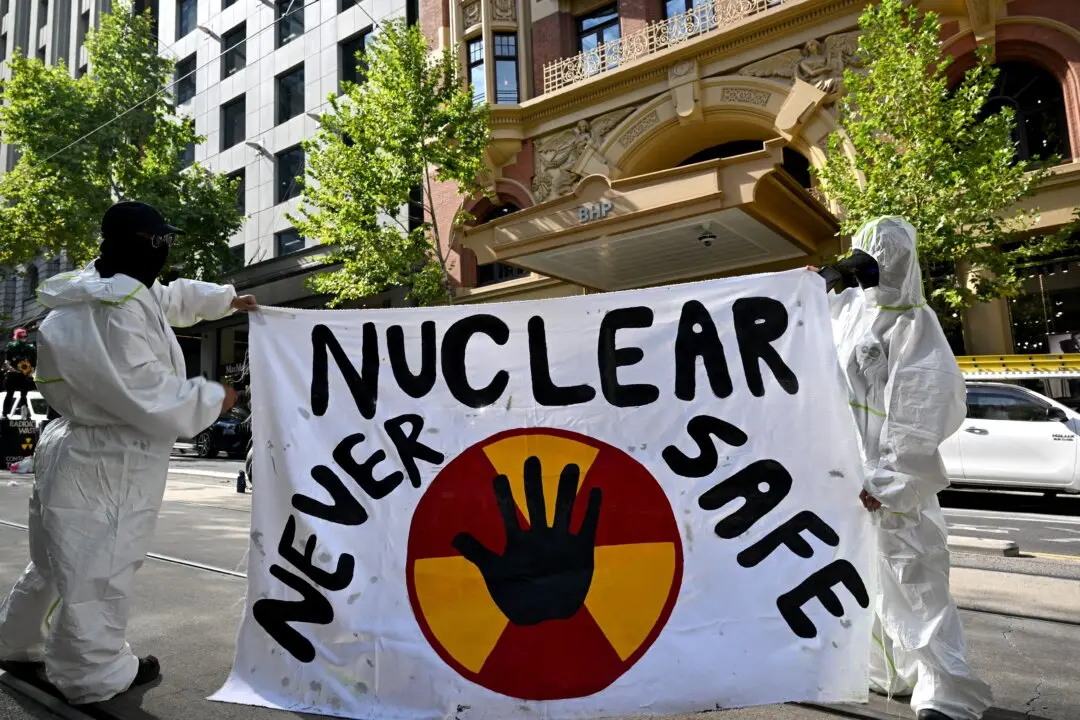Nearly one in three Australian businesses is having trouble finding employees due to a low number of job applications and applicants’ lack of skills.
The Business Conditions and Sentiments report for June by the Australian Bureau of Statistics (ABS) found that businesses in the accommodation and food services sector were most affected by labour shortages as 51 percent reported difficulty finding qualified staff.





